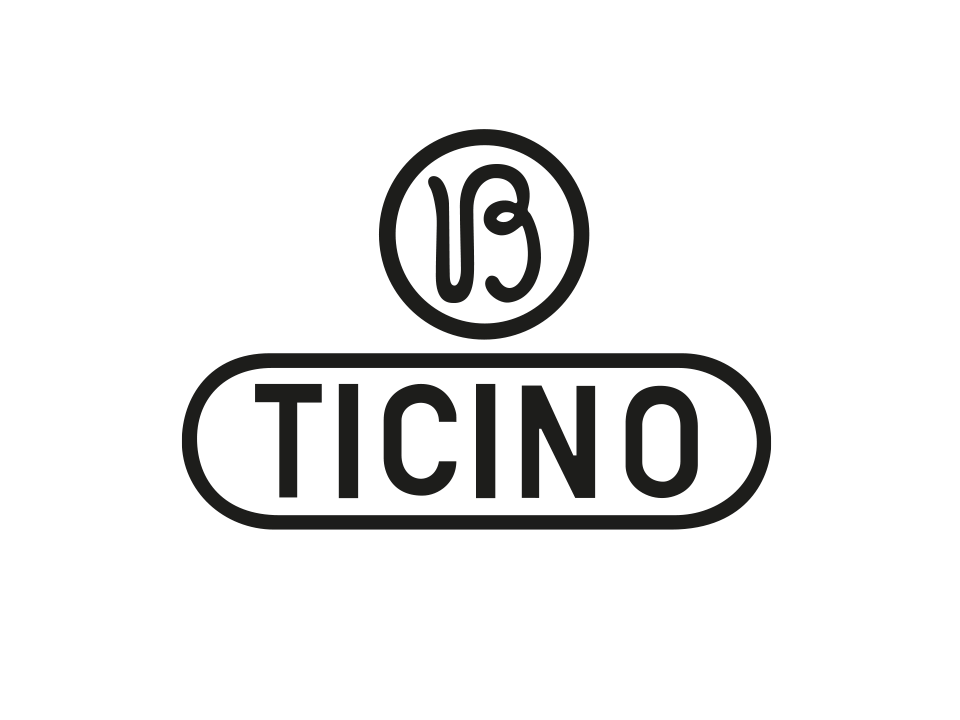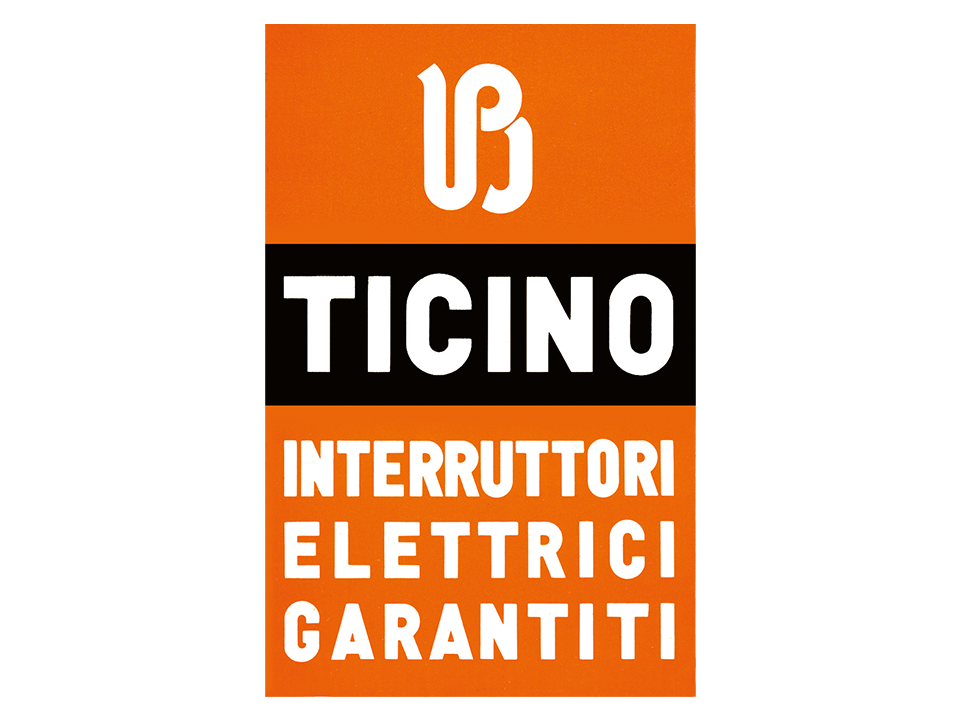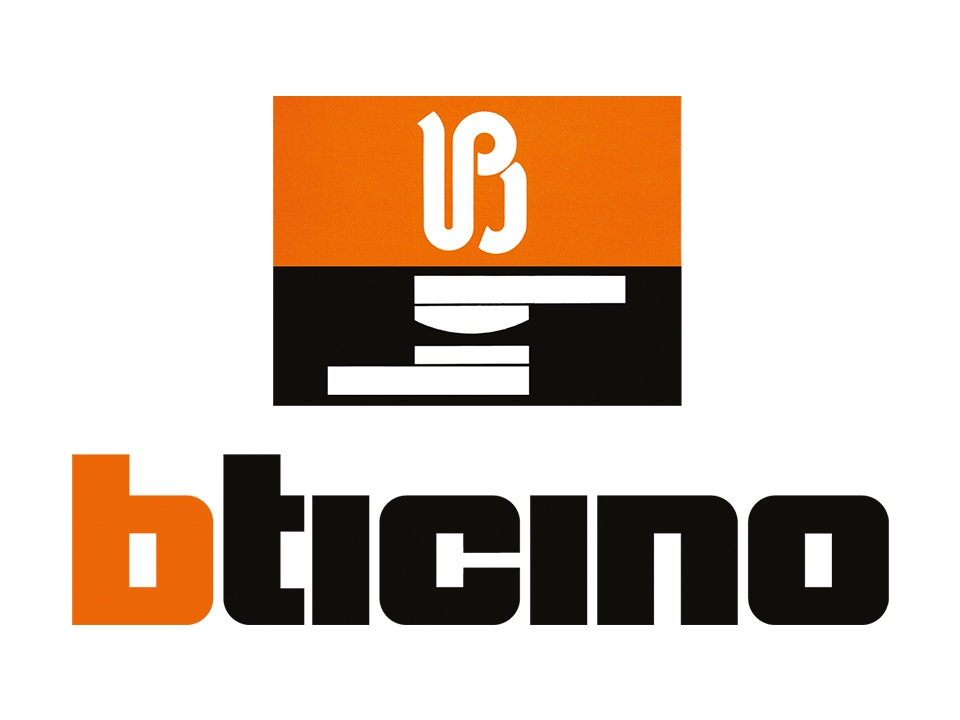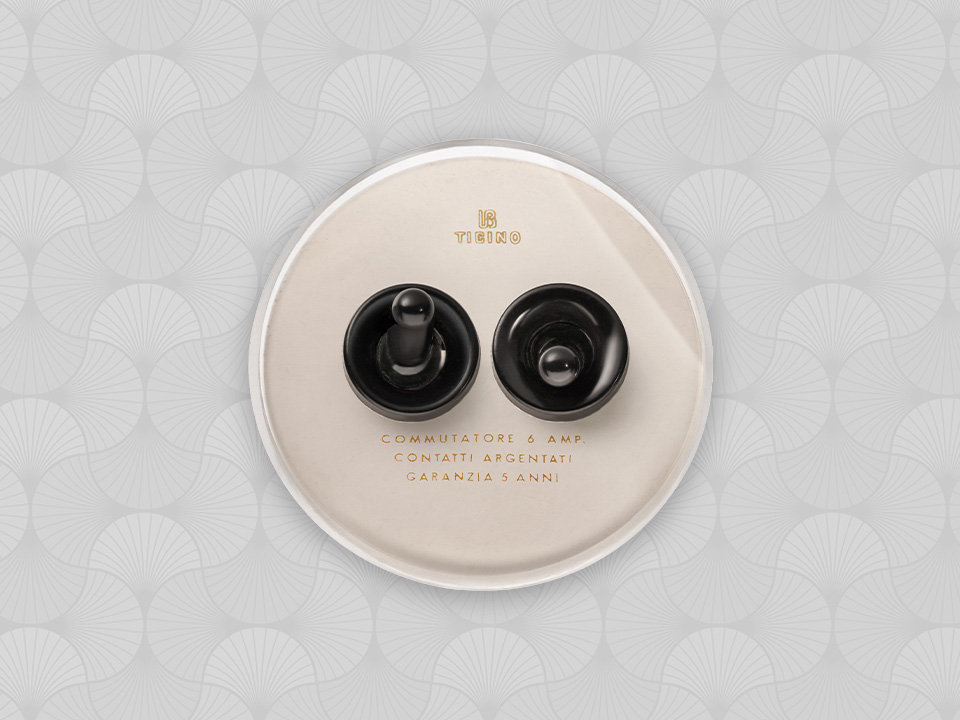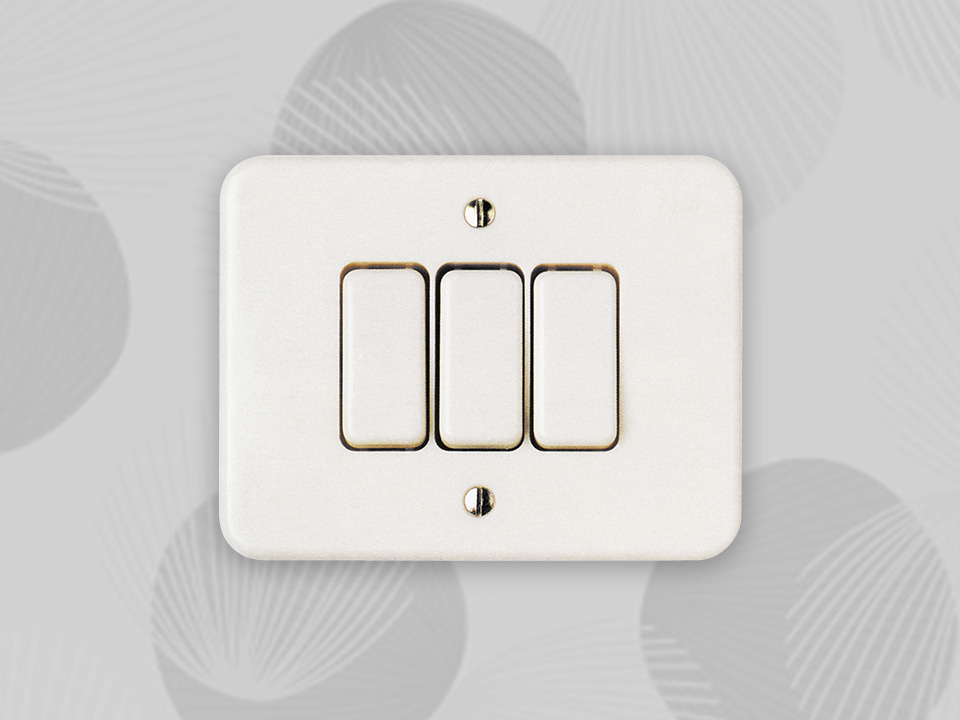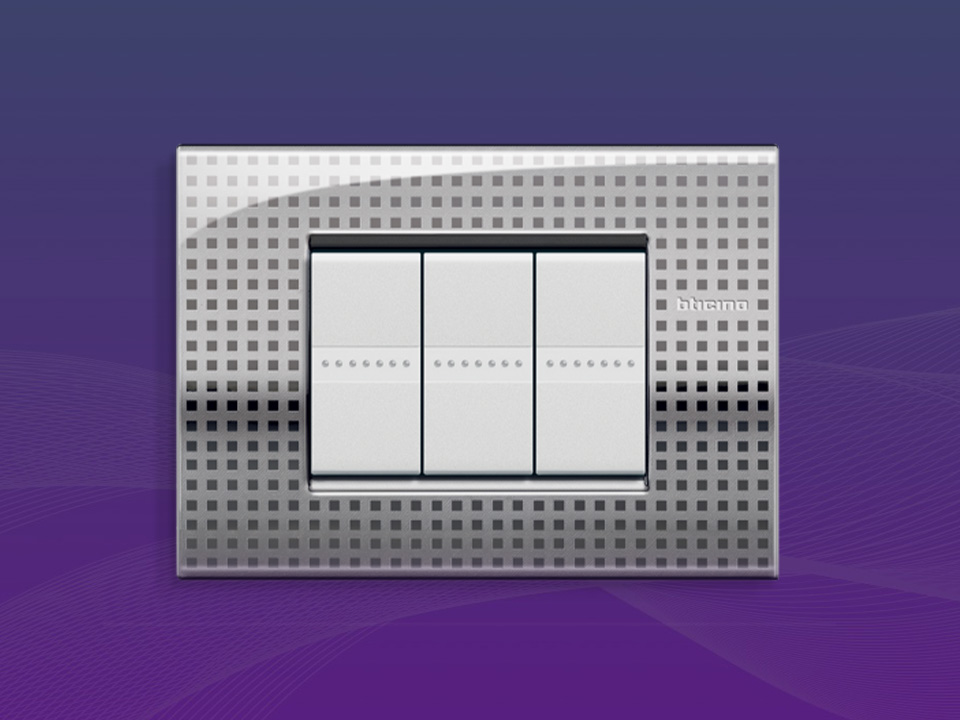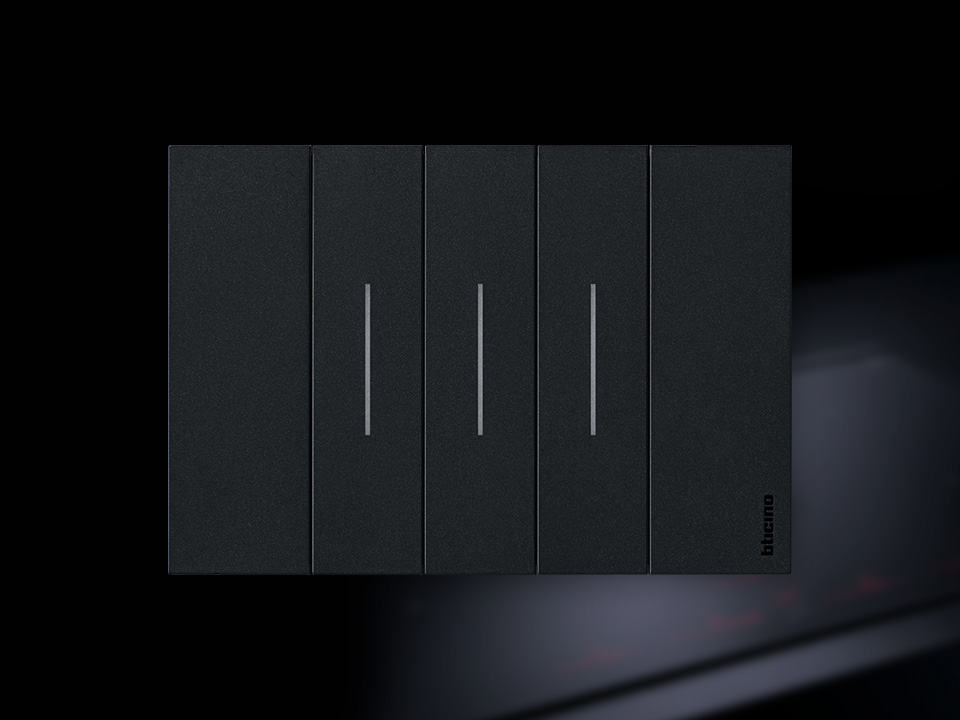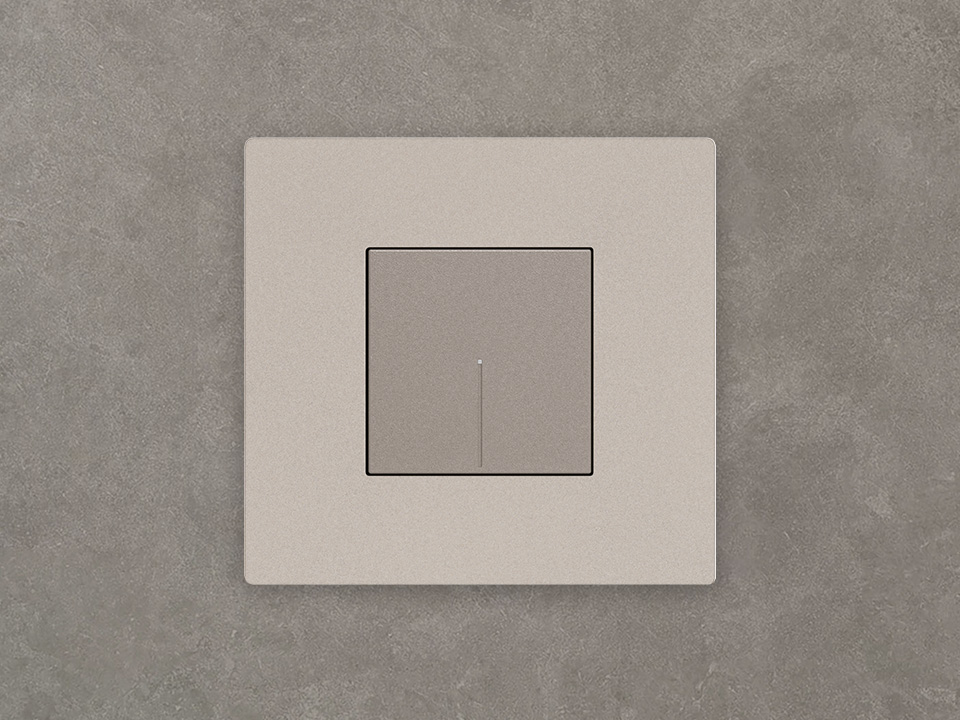Our History & Italian Heritage
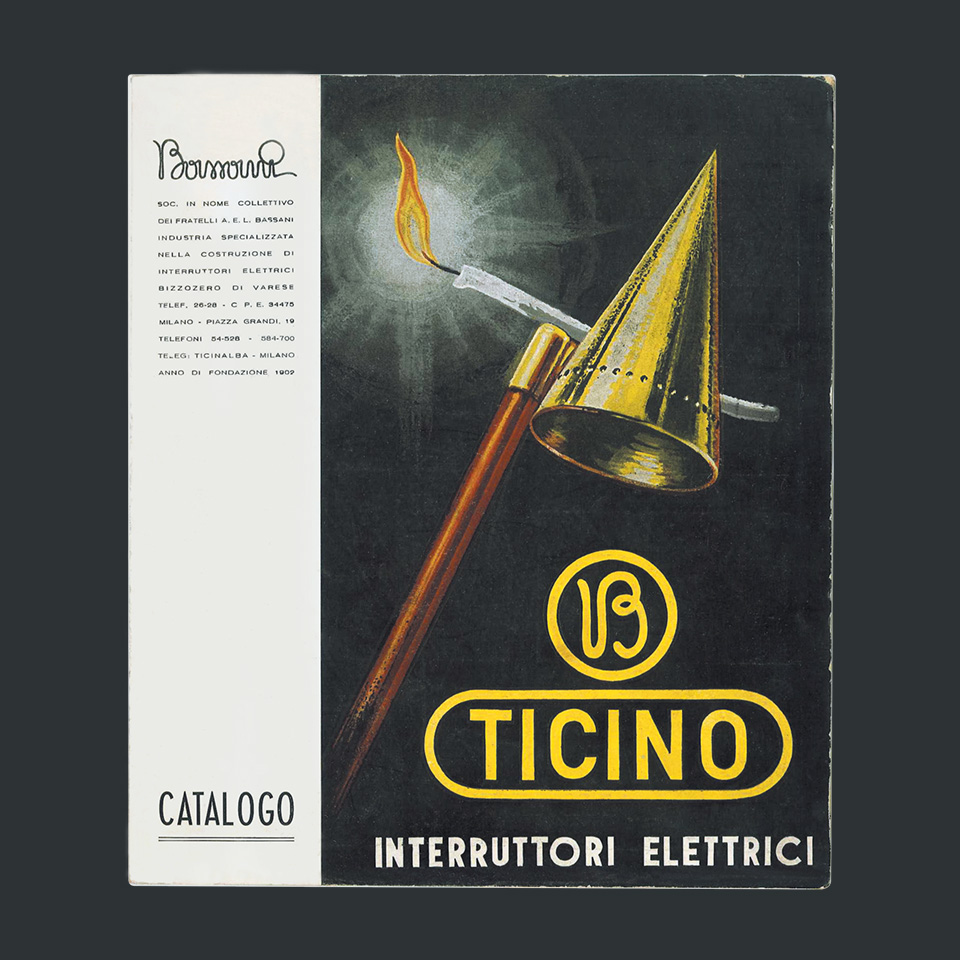
The evolution of the BTicino Logo
The BTicino logo is more than a visual mark: it is a statement of identity and a guarantee of quality. Over the decades, the logo has evolved in harmony with the brand’s commitment to pure shapes and overall simplicity, reflecting the values of Italian design and technological innovation.
Each iteration has maintained the essence of BTicino’s DNA: clarity, minimalism, and a distinctive presence in every product.
BTicino: A Historic Brand of National Interest
BTicino, historically linked to the region and with a trademark registered and used continuously for at least 50 years, as a recognition of the "history" of national entrepreneurship and Made in Italy, has obtained registration in the Register of Historic Brands of National Interest from the Ministry of Economic Development, reserved only for national companies of excellence.
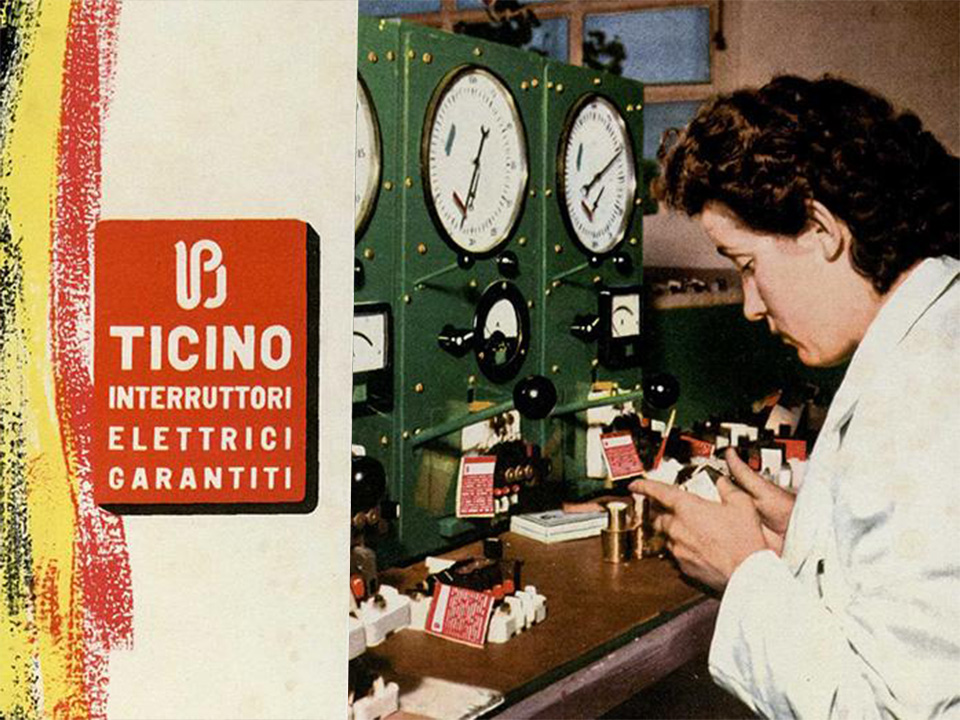
Timeline of innovation
BTicino’s story begins in 1948, inspired by the creative spirit and industrial progress of post-war Italy.
A journey of innovation and style
BTicino is a distinguished name in the world of electrical systems and smart home innovation, with a legacy rooted in Italian craftsmanship and technological excellence. From its origins in Milan in 1936 to its evolution as part of the Legrand Group, BTicino has consistently pioneered solutions that combine functionality, safety, and design.
1936-1943
BTicino’s journey began in Milan in 1936, when the Bassani brothers (Arnaldo, Luigi, Ermanno) founded Ticino Electric Switches, initially specialising in small-scale metalwork production. In 1943 BTicino is relocated from Milan to Besnate due to war-related reasons.
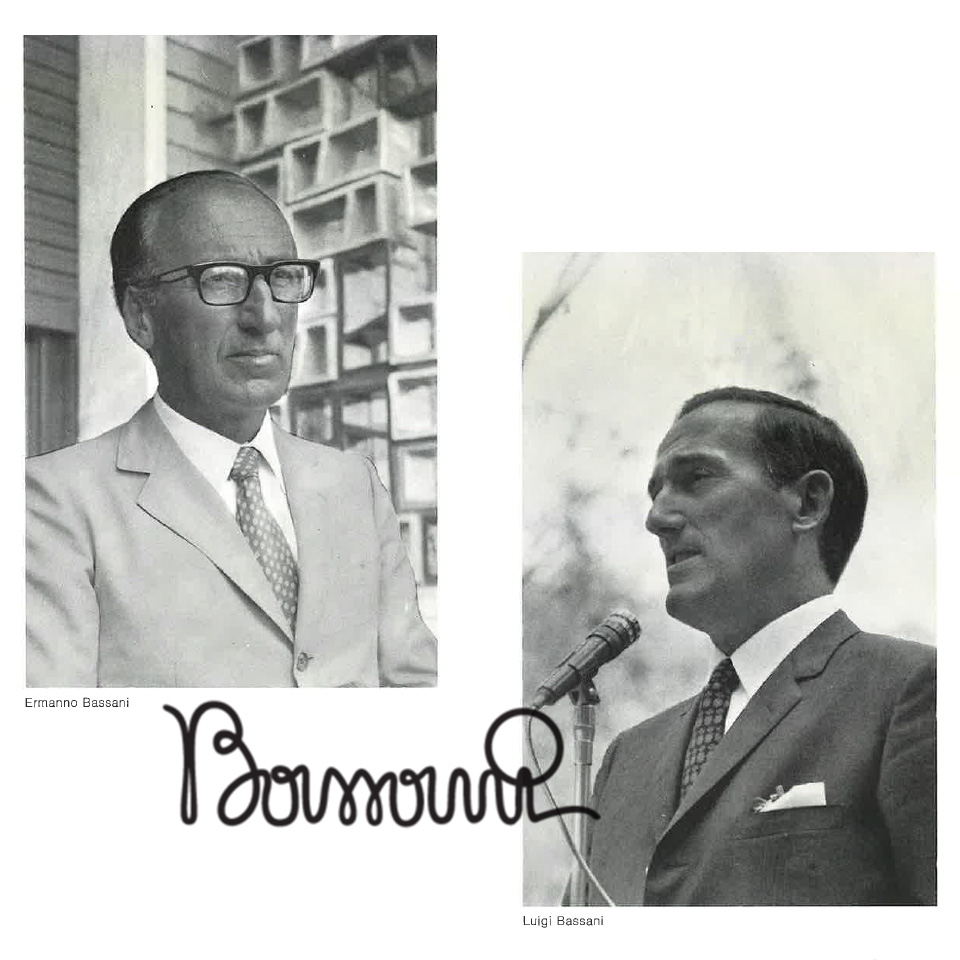

1948
During the post war years, the company shifted its focus towards the development of electrical components for residential and infrastructure applications. In 1948 the company adopted the name Bassani SpA and launched its first series of switches and sockets, setting new benchmarks for quality and reliability in Italian households. That same year, the headquarters were relocated to Bizzozero, Varese.
60s-70s
In 1961, the Magic Series was introduced as the first modular power socket system, simplifying installation and offering greater flexibility. By 1965, BTicino had patented the residual current device, significantly enhancing domestic safety through advanced circuit protection. In 1974 the company rebranded as Bassani Ticino, embracing a more contemporary identity.

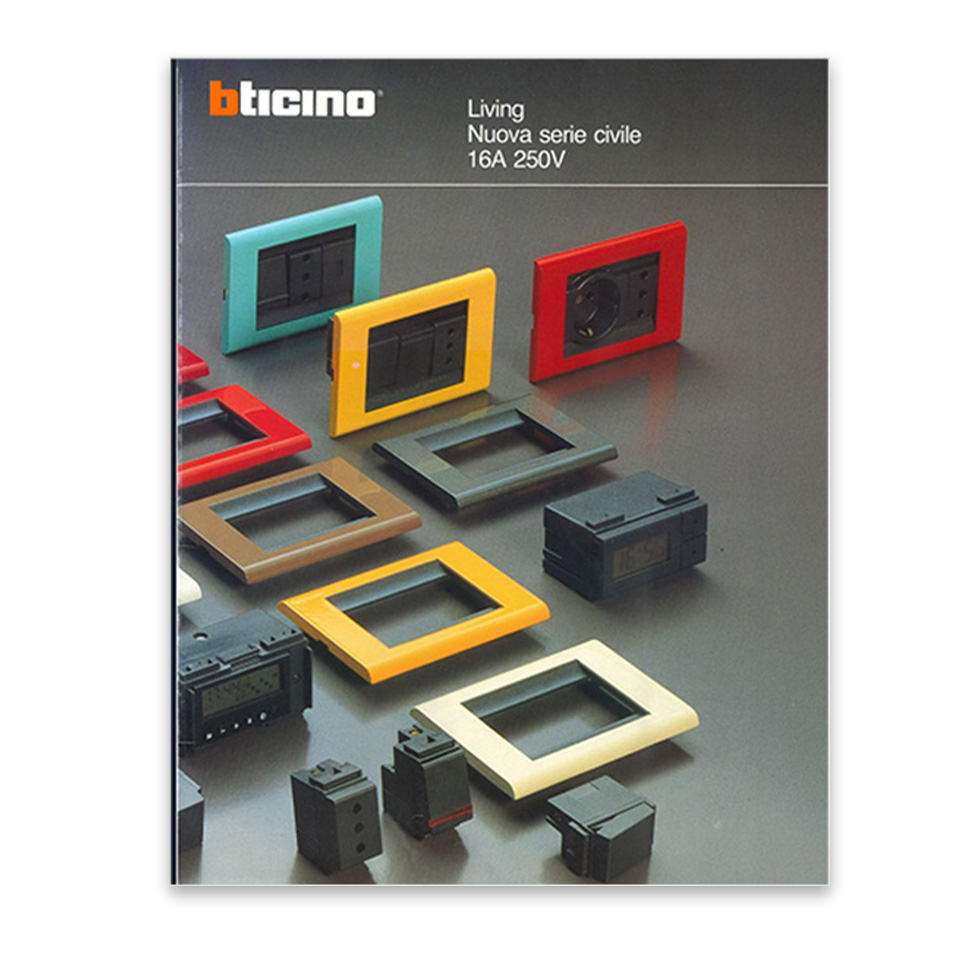
80s
BTicino’s dedication to design was further reinforced with the launch of the Living Series in the 1980s, which redefined switches as integral elements of interior design. In the early 1980s, the acquisition of Terraneo took place, bringing the company into the world of video door entry systems.
1989
In 1989, Bassani Ticino joined the Legrand Group, and the company name was officially changed to BTicino. This strategic partnership enabled the development of video door entry systems, energy management solutions, and the expansion of BTicino’s international footprint.

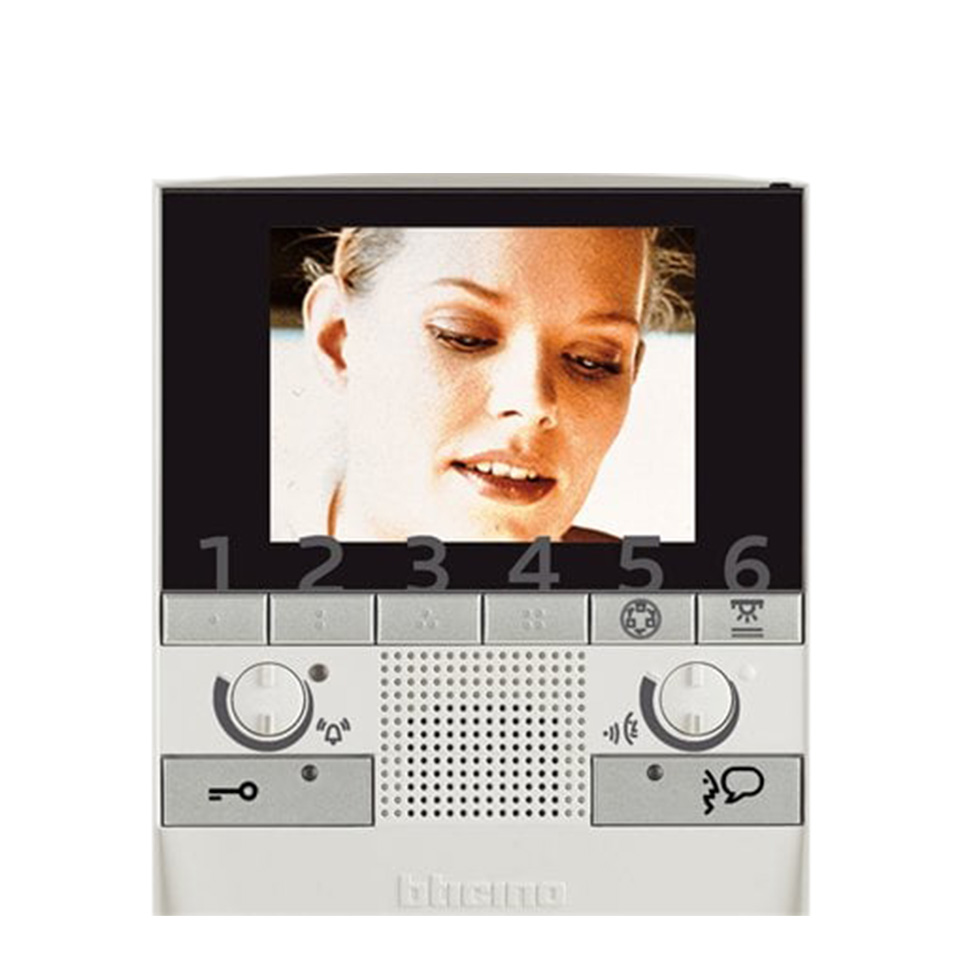
Early 2000s
In the early 2000s, BTicino introduced the OpenWEBNet protocol to enable smart home system integration, and launched the MyHome system based on the SCS bus architecture. In 2005, BTicino acquired Zucchini, a company specializing in busbar production. Later, in 2010, BTicino received the 'Design for All' Award for its Polyx video handset interface.
The 2010s
In 2015, BTicino acquired IME, a company specialized in analog and digital measurement instruments. Previously, in 2010, BTicino had acquired Meta System, and in 2017, it entered into a joint venture with Borri. Both companies specialize in UPS systems, and the partnership aimed to strengthen BTicino’s presence in the UPS and data center market.

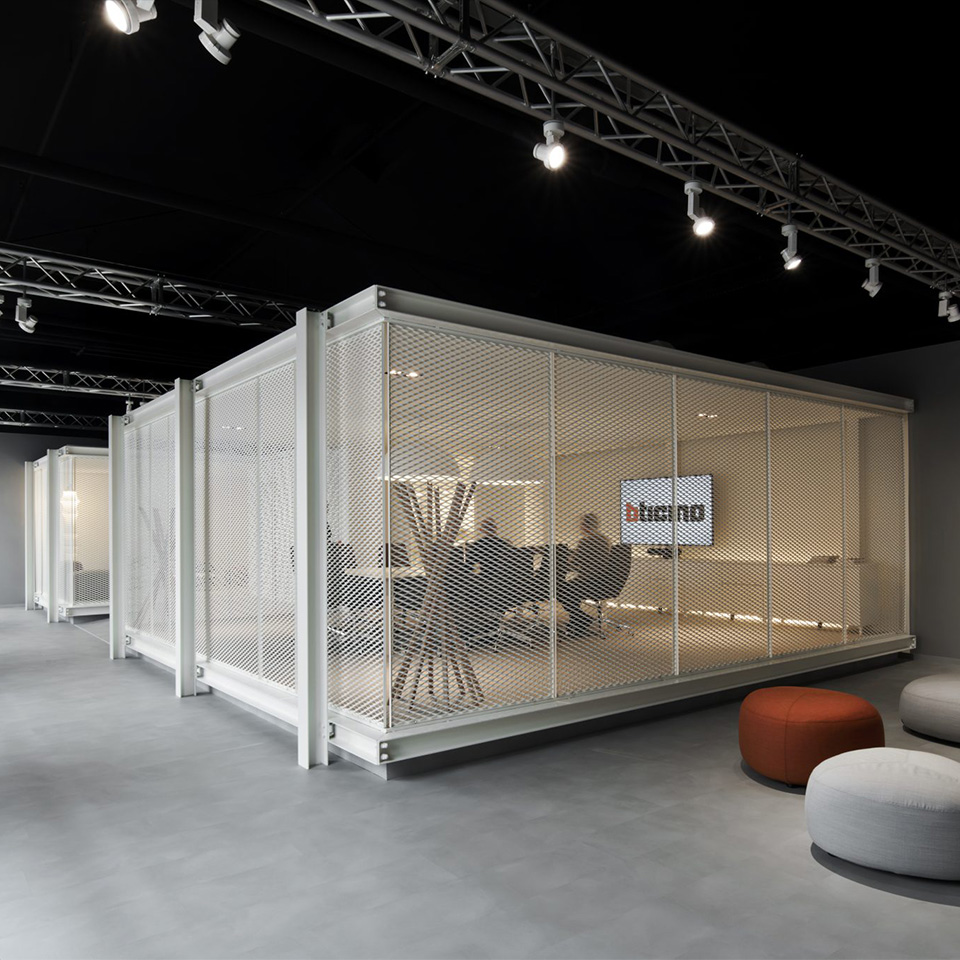
21st Century - to date
BTicino has continued to lead in smart home innovation, introducing advanced home automation systems and integrating digital technologies for intuitive control and enhanced living experiences.
Excellence in Design and Innovation
BTicino’s heritage is inseparable from the values of Italian design: harmony, essentiality, and emotional resonance. Our products are more than functional objects: they are expressions of culture, craftsmanship, and technological mastery.


